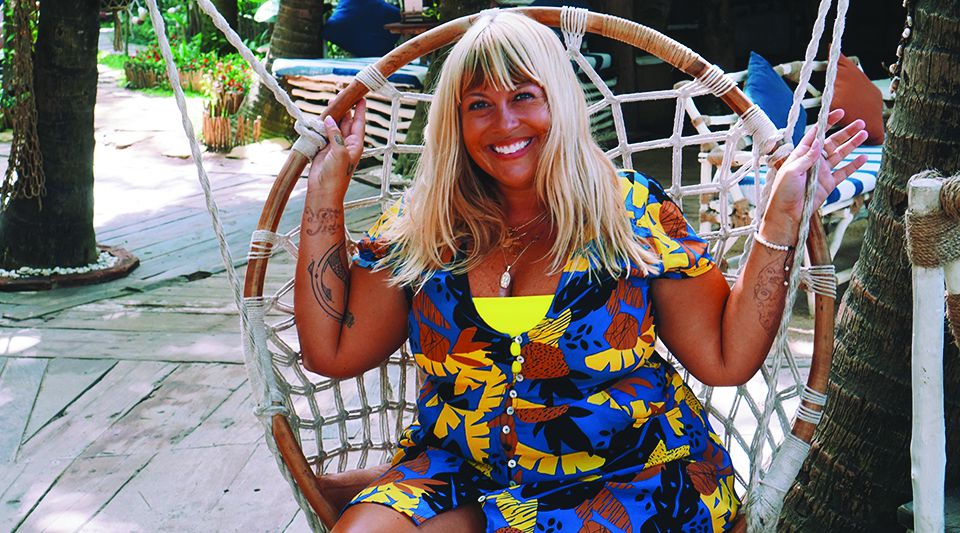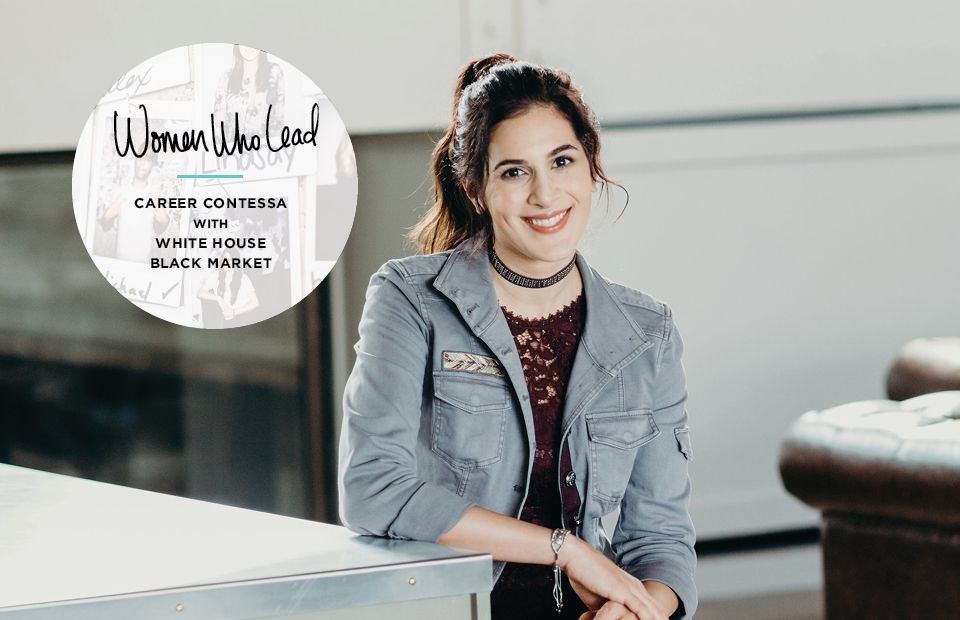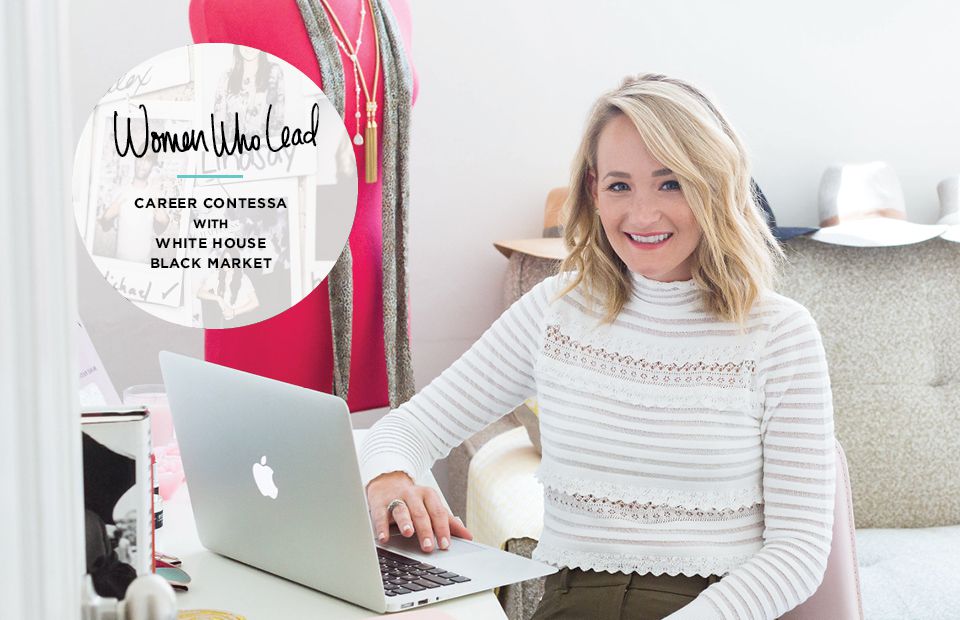For Caitlin Hardy, no day is the same. At 28, she’s already received her B.S. in Naval Architecture (that’s engineering, which means she designs and builds ships, for those not in the maritime inner-circle), served as an officer in the Navy, and is currently working as Project Manager at Foss Maritime Company. One morning, she might be meeting with wizened fishing crewmembers about to take their boat out to sea. The next, she might be overseeing a shipyard on the Gulf Coast or flying to meetings with the US Coastal Guard. Or maybe she’ll have a more relaxed day, taking conference calls in her Seattle office and returning home that evening to bake cookies and spend time with her husband. It seems that regardless of what day, year, or time you sample in Caitlin’s life, it’s certainly never been boring.
This is one interviewee for whom we wish we had immeasurable page space. So many questions come to mind reading about Caitlin’s life living on a semi-isolated US island, her incredibly unique undergraduate experience, and her ability to whether the storm (hah!) of high-intensity, maritime decision-making. You really had to run all the time in your college dorms? How’d you meet your husband? How does one handle a rocky sea? For now, you’ll be more than interested in what she has to say about gender equality in the Naval Academy, the importance of relationships in an ambitious life, and one day operating an entire fleet of ships (oh, and the real life “Tugboat Annie” pops up in here somewhere—read on).
Her Starting Point
Where did you grow up? Were you always interested in the ocean and maritime activities?
I grew up in the San Juan Islands, which are in the very northwest corner of Washington State and can only be accessed by boat or small plane. In elementary school, my parents put me in sailing classes where we learned to sail in tiny wooden boats on a pond. As I got older and my love for the water grew, I began racing sailboats competitively. In high school, I spent a semester on the tall ship SV Concordia, which looked like something out of Pirates of the Caribbean. We sailed thousands of miles, crossing the Atlantic twice and watching the world go by outside while our home at sea was a constant. Traveling the world by sea gives you a much different appreciation of how interconnected we all are.
Then what eventually drew you to the United States Naval Academy? How were your studies different from a traditional undergraduate education?
When I started researching the Naval Academy, I quickly found out it was about much more than getting a degree. I liked that the Naval Academy represented something larger than itself with a common goal for all midshipmen (what we call students) to serve in the Armed Forces as officers. The focus on leadership within our curriculum was just as strong as the time I spent in my engineering major–which says a lot about the dedication to developing well-rounded graduates.
[The liberty of] being allowed to leave campus is something you only have once a week your first year. There are a lot of other rules your first year, like never being allowed to walk (you had to run) in the dorm. The key thing to remember though is that those rules don’t last forever and the benefits on the other side are significant. I raced with the Offshore Sailing Team, which helped give me an outlet from the school and military side of things, and the opportunity to race in one of the most competitive parts of the US.
What was it like as a woman attending the Academy? Did you feel like you had a different perspective and experience from your male classmates? Any advantages?
This year USNA is celebrating 40 years of women at the academy and a little over 20% of my graduating class was female. I had always raced against the guys in sailing, so in a lot of ways, it wasn’t an adjustment to me to be one of the only women in a group.
One thing about the military that might surprise a lot of people is that even though women are still a minority, the rigidness of the system in recognizing accomplishments makes it a lot easier to show why someone is qualified to rise to the next level, instead of using excuses to say that they are not qualified or justify why they are continually passed over, as can happen in the civilian world. Hard work and dedication are hard things to argue with in a regimented structure.
My experiences outside the Naval Academy are the ones that tend to be noticeably different in how people treat me based on my background. If I’m running errands and wearing a Naval Academy sweatshirt, people will ask, “Did your husband go there?” Or they’ll act very guarded as if it’s slightly taboo—“Did you go there?” they’ll ask in almost a whisper.
Our culture still isn’t used to thinking, “Oh yeah, women are in the military too,” or remembering that women are filling these traditional male dominated roles successfully.
What was your first job after graduating? What did you learn working that you couldn’t have learned in your program?
At graduation, I had also been commissioned as an Ensign into the US Navy. While I was waiting to go to flight school, I worked outside of Washington, DC for the Navy doing research and development into new designs for ships. Since building ships is a huge undertaking in both time and finances, we often use models in giant wave pools to show us how these ships will move and interact with the sea.
Working there showed me the strong connection between the work we were doing and the actual consequences it could have for the operators that would eventually run these ships. Going from the theoretical realm to the real world gave me a very strong respect for the responsibility that engineers have.

Her Big Break
Okay, so what exactly is a naval architect? Explain it to those of us who may not be well-versed.
A naval architect designs and oversees building ships, so it is the equivalent of what an aeronautical engineer is to designing airplanes. Naval architecture is one of the oldest disciplines of engineering (especially when compared to electrical, aeronautical, software, etcetera) so while we are engineers, “architect” has stuck from the traditional form of hundreds of years ago. Naval architects design everything that floats from cargo ships to cruise ships, offshore drilling platforms, submarines, and America’s Cup boats.
My background has primarily been with workboats (tugs, barges, ferries) and fishing vessels (think of the show Deadliest Catch). I think a lot of people sometimes look at maritime work as obsolete, but the reality is that over 90 percent of everything we have (everything in your house or your office!) still moves by the sea.
Working at Foss Maritime, what does an average day look like for you?
My role is to take a project from a design on paper to a completed vessel ready for operations, and safety is at the forefront of every project we do. So, a normal day could start out in the Seattle office on conference calls with our technical experts from around the world, getting updates on what stage the development of drawings and components are in.
Or, I might be spending a week in the shipyard down in the Gulf of Mexico reviewing the progress and quality of the actual construction of a new vessel. Sometimes my role requires meeting with the US Coast Guard and reviewing how we plan to operate once we go into service, or flying to a factory where one of the components has been built to formally ensure there are no mechanical issues.
What’s the hardest part about your work? What about the best?
Our work can sometimes be very unpredictable. If a vessel has an emergency, they can’t just call for a time out. Instead we have to quickly come up with safe ways to fix their problems. In everything we do, there is always a real person or crew on the other side that will be affected.
The best part of my work is the people. Everyone has a story and whether it’s meeting with the crew of a fishing vessel on its way to the Bering Sea or one of our tug crews at Foss, every day is slightly different depending on the types of projects and parts of the industry we get to work with.
There aren’t many boring moments, and the busy times that push you out of your comfort zone are also the ones that constantly push you to learn more. Over two thirds of the Earth’s surface is covered in water, so seeing the potential of how our projects can reach keeps things incredibly interesting.
What would you like women who are curious about a career in maritime operations or naval architecture to know? How should they start exploring your field?
I am proud of the fact that I work for a company that was founded by a woman over 125 years ago. Thea Foss, the real life “Tugboat Annie” started out with a used rowboat and was successful based on hard work and her ability to do the job. My advice to women that want to get into the maritime industry is that hard work goes a long way, but make sure you seek out mentors and ask questions. I would not be where I am if it hadn’t been for numerous people that were willing to share their experiences with me.
A great way to start out in maritime is to attend one of the maritime colleges where you not only get a bachelor’s degree, but also a license to be an officer on a ship. Many of the STEM fields in the US are struggling to fill well-paying job positions, so a bachelor’s degree in an engineering discipline is an incredible way to almost guarantee employment.

Her Perspective
So how do you unwind after an intense day?
I’m a creature of habit with a lot of things and try to keep good routines, especially because I travel a lot for work. Having some constants keeps me sane regardless of where I am. I love barre (especially The Bar Method) and it’s a consistent way to work out even if I’m on the road.
When I have more downtime, I absolutely love to sail. Sailing is like my reset button. There are nights when I’m supposed to race and I think to myself, there’s just no way I can swing taking a couple of hours off. But as soon as I get on the boat, I relax. And when I leave, it seems like my world is in the proper perspective again. I think it is so important to have things we are passionate about that have a way of reminding us who we are at our core. We all need those reminders occasionally.
What’s a big mistake you made in your life, and how did you learn from it?
I think that for a lot of young women finishing college, we feel this pressure of thinking that as soon as that diploma is in hand, we have to have it all. Thinking this way, we rush decisions that ultimately aren’t good for us or we give up parts of our dreams when our 20s should really be about finding ourselves. I started going down the road of thinking that I had to choose between having my dreams and having someone else’s. But ultimately I learned that I had to embrace my relationships with the people that believed in me even more, because they were the ones that helped keep me on a strong path, even when things were difficult.
How do you track or judge your career success? What do you do to celebrate those successes?
One way to track my career success is certainly in how I feel about the work I’m getting. If I feel that my projects are challenging, I know that they will push me to learn more. A lot of times this can lead to those fleeting moments when you feel like you have no idea what you are doing, but when you stop and reflect on what you knew a month before or a year before, you realize how far you have come. And to celebrate… I think it is important to have balance and those things that are completely separate from work. For me, that is traveling with my husband.
And finally, what do you wake up looking forward to? What’s next for your career?
I’m in the process of getting an MBA and when I finish that, I would like to move more into operations management so instead of working with one or two vessels at a time, I’m working with an entire fleet. When you enjoy your job, life feels so much easier. I never know where my projects will be, so I look forward to meeting people from all over the world.
You May Also Like

Fashion + Beauty
Unretouched—How Heather Caye Brown Disrupted the Swimwear Industry from Iowa
Heather Caye Brown always knew she wanted to be a designer. When she found out she wanted to spend the remainder of her life in a bikini, her career as a swimwear designer took off. Here's how she founded NIGHT DIVE from her home in Iowa.

Fashion + Beauty
Disrupting the Gift-Giving Model with Co-Founder and CEO of BOXFOX
Chelsea Moore of BOXFOX joins us to talk about the gift-giving industry, about being a young leader, and how to work with friends.

Media, Fashion + Beauty
Women Who Lead: Julee Wilson, Fashion & Beauty Director at ESSENCE Magazine
On what working in fashion media is really like and why balance doesn't exactly exist.

Media, Travel + Hospitality
Women Who Lead: Hitha Palepu of Hitha on the Go
On traveling for work, travel as work, and everything in between.

Media, Food + Beverage
Women Who Lead: Cynthia Samanian of Confetti Kitchen
From finance to foodie, Cynthia isn't afraid of risks—she's afraid of not taking them.

Media, Fashion + Beauty
Women Who Lead: Ashley Fultz of The Style Editrix
Ashley's showing us how motherhood and building a full-time career as a blogger can—and should—coexist.
Get the Best Career Advice Delivered To Your Inbox
Join our newsletter to stay in the loop.
